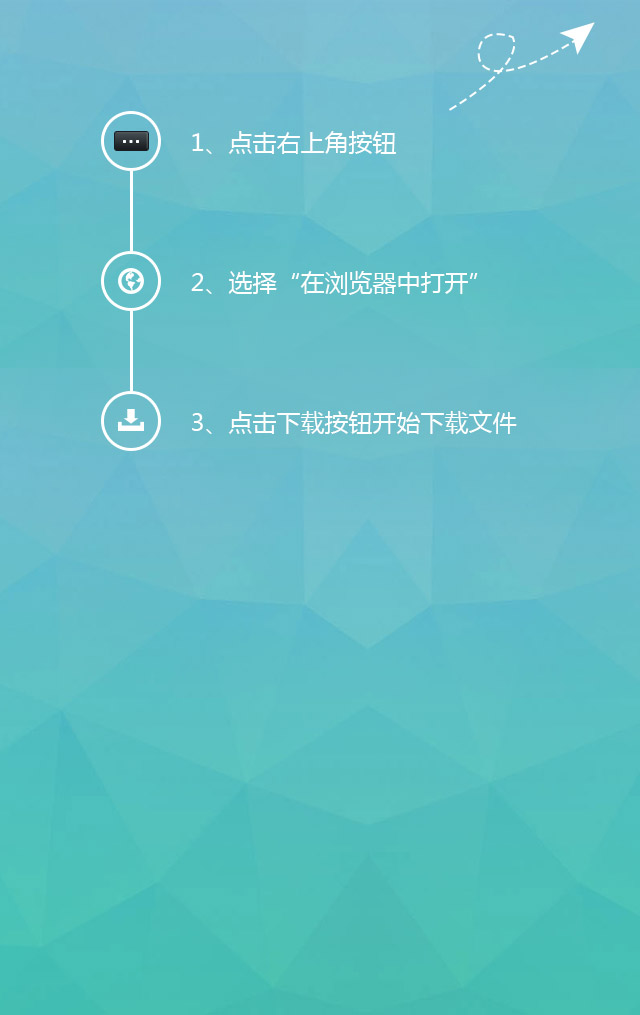System composition of ultra short wave
The ultra short wave communication system consists of terminal stations and relay stations. The terminal station is equipped with a transmitter, receiver, carrier terminal, and antenna. The relay station only has transmitters and receivers that can reach two directions, as well as corresponding antennas.
1. Transmitter. Generally, indirect frequency modulation method is used, which utilizes phase modulation to obtain frequency modulation. In this way, a crystal oscillator with high frequency stability can be used as the main oscillator, without the need for a complex frequency control system. But in order to reduce parasitic amplitude modulation and nonlinear distortion, the modulation coefficient should not be too large and generally less than radians. Therefore, in this type of transmitter, multi-stage frequency multipliers are used to obtain the required frequency offset, thereby increasing the sideband power of the transmission frequency. The final stage of the transmitter uses a Class C power amplifier, which has high efficiency. In the ultra short wave frequency band, a tuning loop can be constructed using concentrated parameter elements, and microstrip components can be used at the high-frequency end.
2. Receiver. Generally, it is a typical frequency modulated superheterodyne receiver. It mainly consists of high-frequency amplification, local oscillation, frequency conversion once or twice, intermediate frequency amplification, amplitude limiting, frequency discrimination, and baseband amplification components. There is a lot of external interference in the ultra short band, so a spiral filter should be added to the input of the receiver, and an input bandpass filter should be added to the intermediate amplifier stage to suppress interference. The frequency modulation signal after amplification can be attenuated by a limiter to remove mixed pulse interference or parasitic amplitude modulation waves, thereby improving the signal-to-noise ratio. Then, the original baseband signal can be recovered using a frequency discriminator, amplified, and split by the carrier terminal to output to the user.
3. Carrier terminal. Split and merge the old baseband signals of the ultra short wave transmitter and receiver into multiple two-wire voice signals, and connect them to users or local telephone exchanges. Carrier terminals are only installed at ultra short wave terminal stations.
4. Antenna. Due to the short wavelength of ultra short waves, three or five element Yagi antennas with simple structure, high gain, and good directionality are generally used. At the high-frequency end close to the microwave range, angular reflector antennas are also used.
Recommend
-

-

QQ Zone
-

Sina Weibo
-

Renren.com
-

Douban

